Gyrfalcon22
Life of the Party
feet look like pheasant..but feathers are wrongI don't know what this was.
View attachment 36292
feet look like pheasant..but feathers are wrongI don't know what this was.
View attachment 36292
Somebody's <no longer> wandering chicken.I don't know what this was.
That could be. I could hear chickens. There were also some turkey wandering about.Somebody's <no longer> wandering chicken.
I can't get enough dipper watching. It still amazes me when they walk down the side of a rock and keep walking into the water and across the bottom as if there were no difference between air and water.Tumwater Falls at Brewery Park is a great place to salmon-watch. The falls mark the final transition of the Deschutes River from its origin in the Black Hills as its travels 50 miles to its Capital Lake (formerly and perhaps in future an estuary) and Puget Sound. But let’s talk about a year-round resident at the falls, the American dipper. American dippers are songbirds (though you wouldn’t confuse their loud bubbling song with sweet trills of a finch or canary). Acting more like a sandpiper, they live primarily along the edges of fast rivers. They are the size of a large sparrow or sandpiper.
View attachment 35974
Their plumage is a dark gray. I typically find them while fishing mountain rivers with rapids and fast flows.
View attachment 35975
Like spotted sandpipers that can inhabit the same habitat, dippers are known for rhythmically bobbing their bodies. Unusual for a song bird, dippers dive underwater into the river pools to pluck aquatic insect larvae off the rocks.
View attachment 35976
The falls are perfect habitat for this species with the right physical conditions, plenty of food, and vertical cliffs for nesting. There has been a resident pair here for years. We saw four birds during our visit, probably the resident pair and the two chicks they raised this summer.
View attachment 35977
During our visit, the birds were probing at the edges of pools, verballing interacting, and zooming up and down the canyon.
Steve
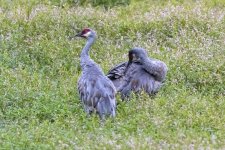
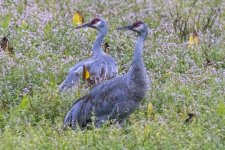
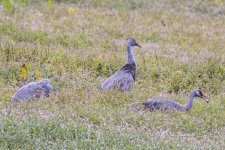
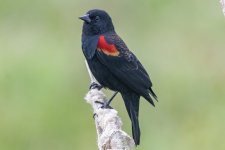
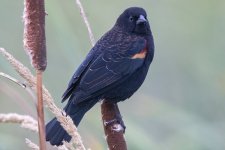
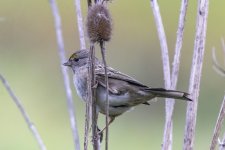
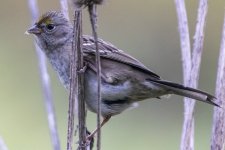
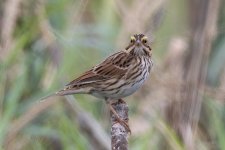
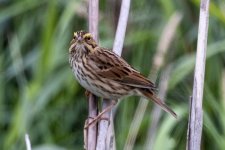
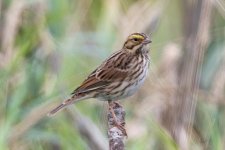
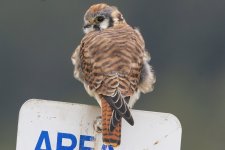
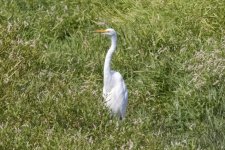
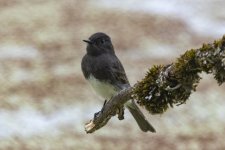
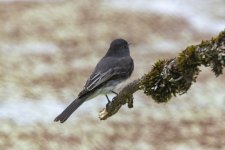
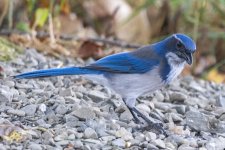
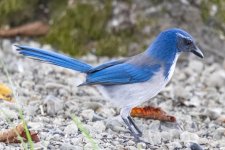
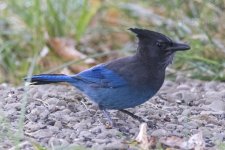
Snowy owls are high on my desired list...I know we are all hoping to see Snowy owls this year locally! Will be 10 years this Winter since the back to back irruption years of 2012 and 2013. We should know by Thanksgiving. There is a point and shoot shot of the 2006 irruption on the coast. Jumbo female in middle.
Here you go @Cabezon. A couple more. Bottom. ET Phone Home. These are not birds, they are aliens !
View attachment 36798
View attachment 36800
View attachment 36801
Snowy owls are high on my desired list...
Steve
Great pics. I got to see them in 2012.I’d love to see another local snowy owl. I missed one last winter by a day, it was around for 3 or 4 days and I should have bailed on work to go see it. I did see the one that was in Seattle’s Queen Anne neighborhood the year before. Such great birds.View attachment 36837